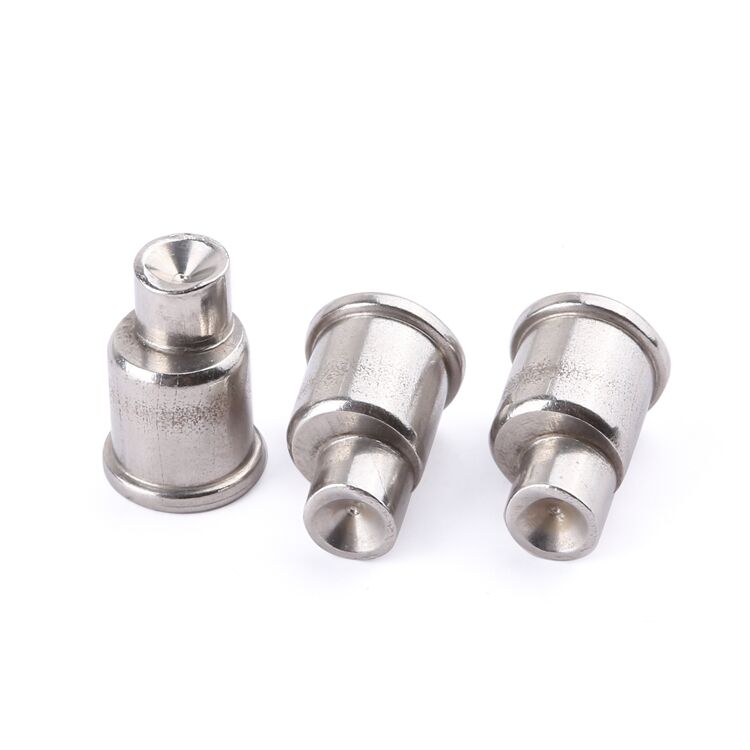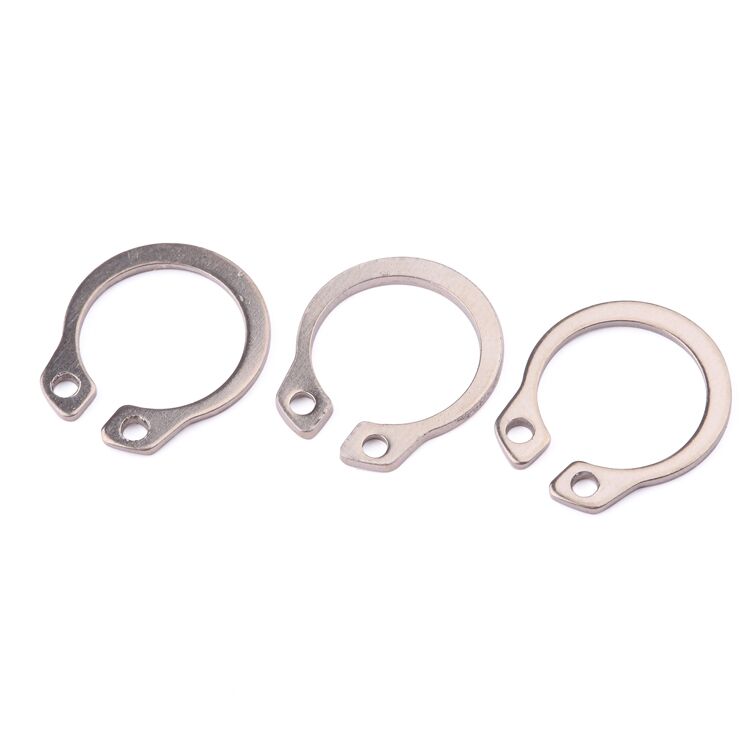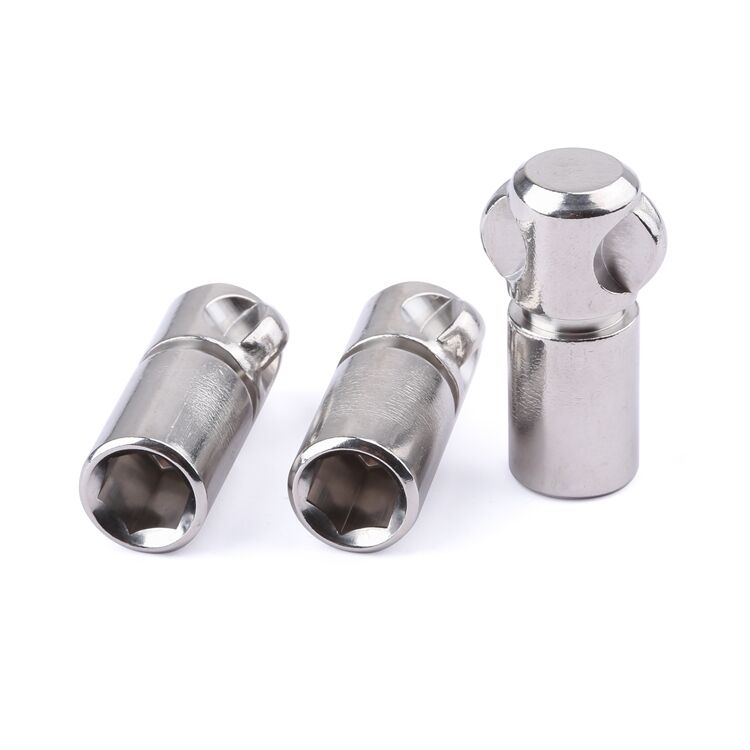In a land not so far away, there existed a bolt known as a . This bolt is special and so cool, it has a six-sided head! These bolts can also be used in a wide variety of products, including earthquake resistant bridge construction and durable furniture. In this article, we will cover everything you want to know about hex head bolts, from what they are and how they can help in factories and construction sites, to how to choose the appropriate size and various types of coatings that protect them, and why it is extremely important to tighten them correctly. So let’s get lost in the magical world of hex head bolts!
Hex head bolts are commonly referred as hexagonal bolts. These are available in many sizes so that you can select the right one for your job. The bolts can be steel, stainless steel or titanium. What makes a hex head bolt unique is that it has six-sided flat sides. This shape is very useful because it allows a tool, known as a wrench (or devolved further, a socket), to grip the outer sides of the bolt tightly and prevent slipping while turning the bolt with great ease. This allows the workers to easily install or remove the bolt when needed.
Features of The Hex Head BoltsHex head bolts have numerous benefits that can make them extremely efficient and necessary for factories and/or different businesses. One, they are super durable and last a long time. Which makes them suitable for use in heavy machinery and equipment needing to withstand high dosages. They are also some easily inserted and removed which goes a long way in cases when a person is required to maintain or repair stuff. These bolts use a six-sided design which provides for better tightening which means everything will be secure and stable. This is of great significance in ensuring that machines run smoothly and safely.

Selecting the appropriate hex head bolt on your project is extremely important to ensure components to keep everything believable. When choosing the size; diameter of bolt, shank length is your two major considerations. The diameter is the width of the threaded portion of the bolt, or rather the portion that screws into the nut. The long unwelcome section is known as the shank and also aids the assembly. Matching the diameter and length of the bolt to the hole it must enter is critically important. This will create a tight fit and prevent the bolt from loosening or breaking down over time.

Hex head bolts can also be coated with special material to protect them from rust and wear. Some of the more common coatings include zinc plating, black oxide and hot-dip galvanizing. Zinc plating is a process which deposits a thin layer of zinc on the bolt surface. The coating helps protect the bolt from rust while also increasing its wear endurance. Black oxide is a chemical application that gives the bolt a dark look and makes it rust resistant. Hot-dip galvanizing is the process of dipping the bolt in molten zinc hot enough for it to melt. This provides a thick and heavy coating that can stand up to harsh conditions, and so aids in keeping the bolt protected from the elements.

Properly torquing a hex head bolt is critical following its installation. Torquing is medication of tension; charge the bolt to a amount of pressure or tension. Which makes this connection strong and secured. When a bolt does not get tightened, it gets loose in a resilience system, and the connection will weaken, and this extremely dangerous. Now, over-tightening a bolt will either break it or strip the threads, rendering it useless. When to properly torque a hex head bolt, you must use a torque wrench and follow the manufacturer's specifications for that bolt and that application. This will help guarantee that all remains safe and secure.


